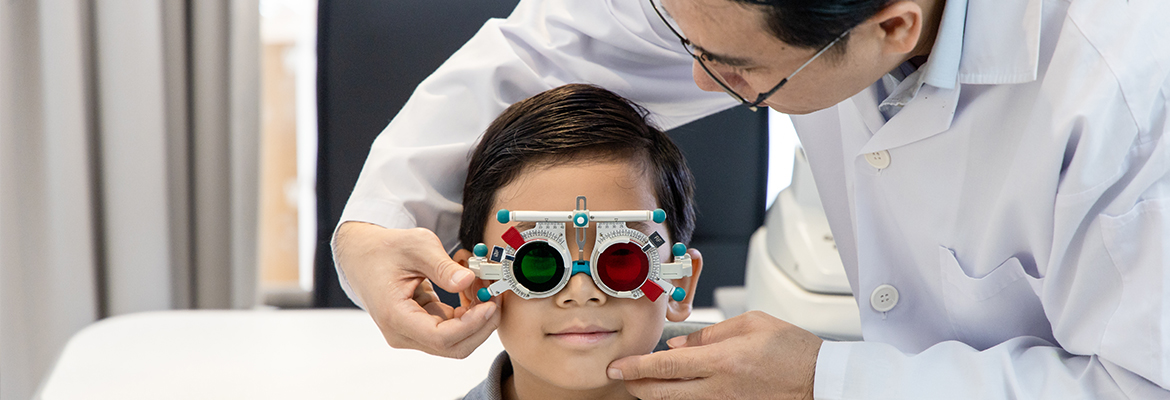You are now being directed to a third party website. Please note that this website is for convenience of the user. spectacularkids is not collecting, storing, or accessing any personal data of the user, and all the information collected, stored, and accessed herein is with the third party https://myeyedoctor.in/ website. You expressly consent to share all your details with https://myeyedoctor.in/

When deciding the treatment strategies for Myopia in children, questions on which children would benefit most from treatment in terms of age, baseline Myopia, rate of progression and family history remain at the centre of the treatment strategies.
In addition to the selection of treatment strategies, the appropriate duration of the treatment and the time to start, stop, and restart treatment need to be considered. As various treatment interventions are available for the control of Myopia progression in children, decisions need to be made in conjunction with parents and families, on the most appropriate treatment strategy, taking into consideration the cost, safety, and effectiveness of the strategy.
When a child presents to the clinic, the risk of developing Myopia and its progression are assessed. Low-risk children may be older children (age >11 years), those with evidence of little or no Myopia progression in the last 1 year. High-risk children may be those who have strong family history of Myopia, are younger (<9 years), and has documented rapid progression of Myopia in the last year.
Spending time outdoors can protect against Myopia development and progression. It is safe and available to all. Time spent outdoors decreases onset of Myopia by 30% and progression of Myopia by 18%. In a study conducted in Australia, it has been demonstrated that exposure to more than 2 hours of outdoor activity per day countered the negative effects of near work. Potential reasons of protective nature of time spent outdoors include higher light intensities, leading to increased production of dopamine in retina which is believed to halt the eye ball elongation.
When it comes to atropine treatment intervention, sentiments of parents and children are assessed such as overall anxiety, willingness to administer eye drops every day, etc. are assessed. If atropine treatment is required to be started, children are first prescribed with low dose with a plan to increase the dose as necessary. An alternative to this is to start atropine on a higher dose, with an objective to taper the dosage over time. Once the treatment is started, progression (refraction and/or axial length) is monitored every 6 months, with an initial aim to continue children on medication (i.e., atropine 0.01% daily) for at least 2 years.
Children younger then 12 years who demonstrated no progression in the past year, atropine 0.01% may be slowly tapered, i.e., by reducing drop frequency by 1–2 days/week each year). But if children are older than 12 years, the dosage of eye drops could be tapered more quickly (e.g., by 1–2 days/week every 6 months). If we follow this strategy, most children will be put off medication by 14-15 years of age. However, children who progresses on low-dose atropine, the frequency of application or dose could be increased (e.g., using atropine 0.01% twice a day; or using a higher concentration, e.g., 0.1% or 1%).
When it comes to bifocal contact lenses, it has been demonstrated that it slows the progression of Myopia by 30–38% and axial length by 31–51% over a period of 24 months. Various studies have shown that if a child wears these lenses for a long period of time, efficacy of these lenses increases in children with faster rates of progression.
Talking about orthokeratology contact lenses, these lenses could result in 40–50% reduction in Myopia progression over 1–2 years. It can be seen that younger children (aged 7–8 years) with faster myopic progression (>1.0 D/year) might benefit more and effects could be observed in partially corrected children with high Myopia.
Eye specialists and parents can work with each other to combine or time treatments to optimize better treatment outcomes in children, and when treatments can be safely stopped. Continued assessment of various treatment strategies needs to be conducted in preventing high Myopia and its associated complications.